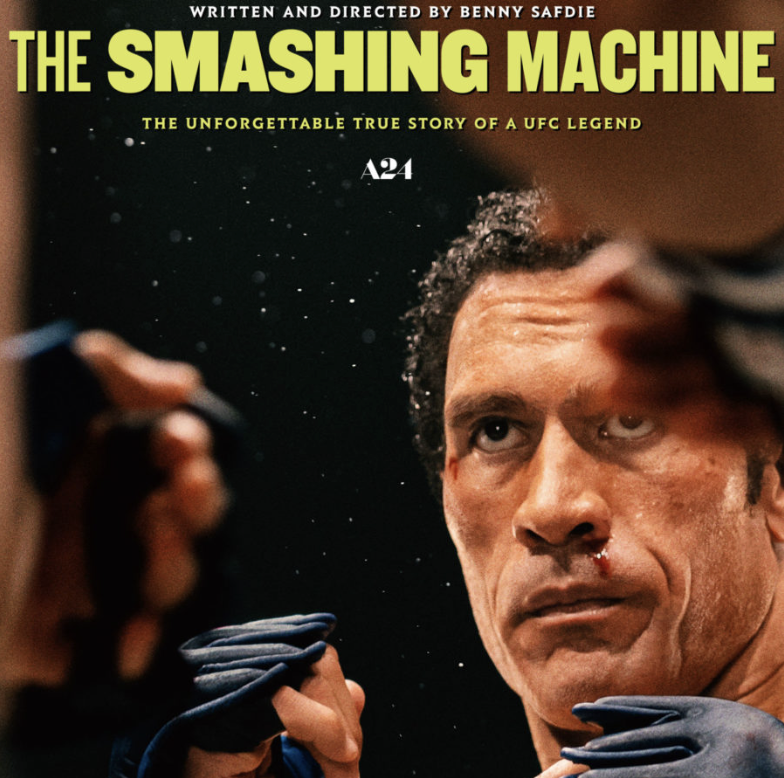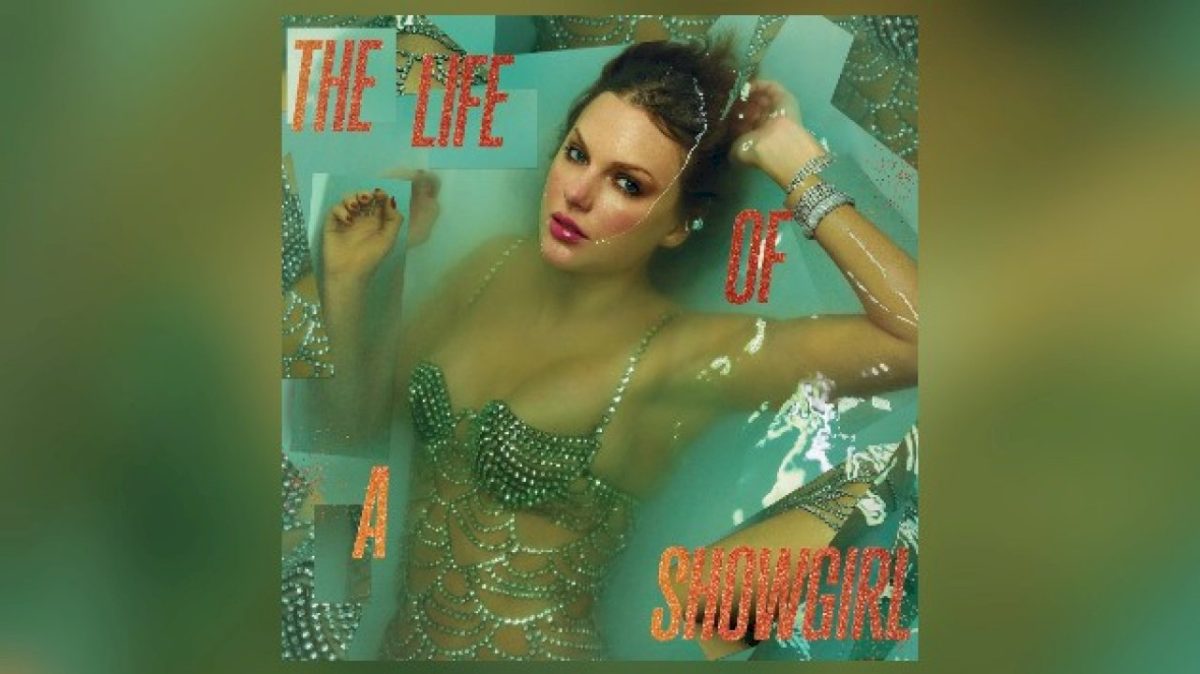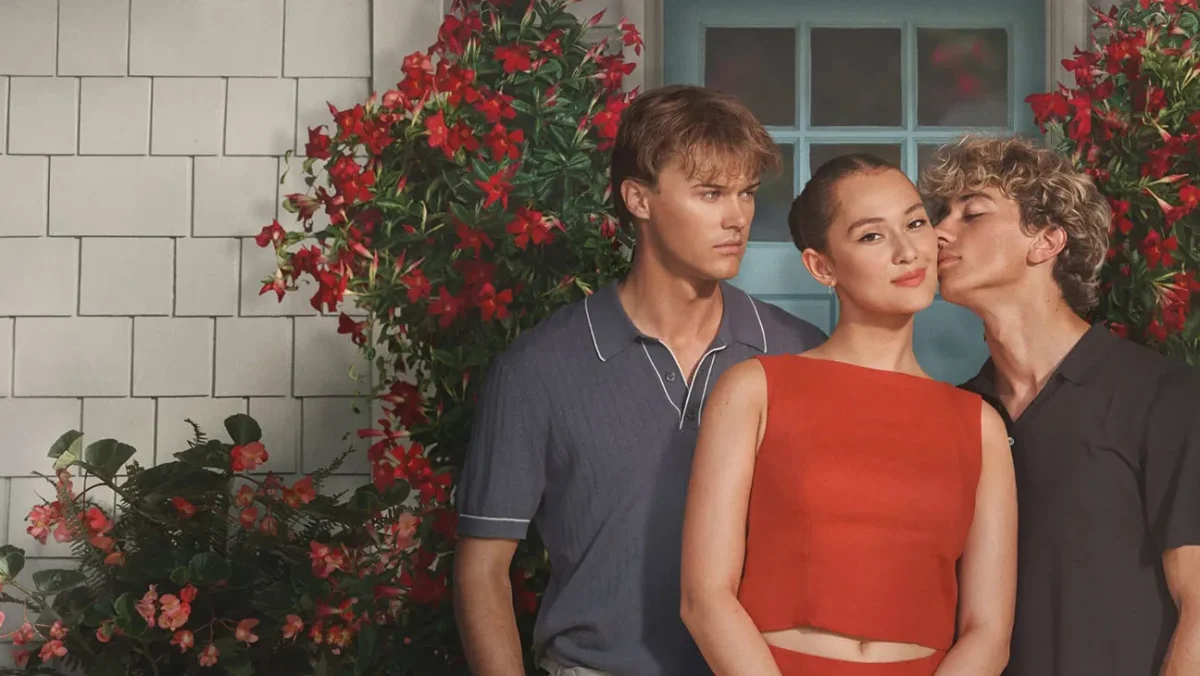A few months back on a quiet Sunday night, a lightbulb went off in my head. My homework sat untouched in my backpack and my dinner was getting cold in the kitchen, but I knew what could make the final hours of weekend great. And that was a personal viewing of the original, 1939 classic, The Wizard of Oz.
Maybe my love for the film comes out of personal childhood nostalgia, but there is a reason Scarecrow, Lion, Tin Man, Dorothy, “and her little dog Toto too,” (as the Wicked Witch would say) have been embraced by younger generations.
Scarecrow’s wobbly dance moves, Lion’s triumphant vocal performance in the land of Oz, and the Wicked Witch’s infamous laugh give the movie an untouchable charm. More than those movie moments, the connection made between the characters and viewers alike give The Wizard of Oz its timeless quality. As I expected, Sam Raimi’s “Oz the Great and Powerful” fails to extend it’s predecessor’s appeal.
The film expands on the big reveal at the end of the original Wizard of Oz; the Wizard is not almighty like everyone believes. Yet in the original, while he fools the people of Oz and strings along Dorothy and her friends, Oscar Diggs — later known as Oz — becomes endearing when his insecurities are revealed. In the new film, which attempts to explore the Wizard’s beginnings, Oscar Diggs (James Franco) is just a womanizing jerk.
The movie opens in black and white in a 1905 circus scene. The audience is taken to Oz’s dressing room, where he woos the ladies by giving them his “grandmother’s music boxes.” They are apparently mass produced. It’s a wonder how any female believes Oscar’s deception, considering Franco’s corny acting job. While he becomes tear- eyed reminiscing about his “grandmother,” he has no voice inflection. At first I thought this was to show his lack of compassion to the audience, but it continues throughout the movie whenever Franco tries to convey emotion. For instance, during his rapid-fire, scaredy-cat moments.
Half the scenes involve Oscar running away from something. Whether it’s a circus strongman, river fairies, flying monkeys, Glinda the Good Witch hidden in a cloak, you name it. “Oz the Great and Powerful” turned the original Oz into a baffling buffoon, afraid of anything that isn’t a pretty girl to take advantage of. And Franco has the same theatrical terror on his face every time. It gets old.
Franco isn’t the only one to give a mediocre performance. Mila Kunis plays Theodora, the first to meet Oscar in the land of Oz and tell him of the land’s prophecy; he will become king and save everyone from the Wicked Witch. She gives seductive stares and longing looks at Franco as he swoons her with his music box story. Her looks take me back to my viewing of Twilight, when Kristen Stewart gawks at Edward with absolutely no subtlety.
Rachel Weisz plays the evil Evanora, the only female character who doesn’t fall in love with Oz. While she gives the most believable performance, taunting her sister Theodora and plotting Oz’s end, I was disappointed she was not appointed the movie’s evil laugh. That task was given to an unexpected character (half unexpected– it’s not so difficult to see this abrupt “plot twist” coming.) Respectively, Michelle Williams plays Glinda the good witch.
The two glimmers of hope in this film were its 3-D effects and a few one-liners from Zach Braff’s (“Scrubs”) characters, Frank (Oz’s assistant in scene one) and Finley (Oz’s loyal flying monkey once he lands in the strange land.) Unfortunately, Finley is a minor character, but his adorable monkey face and occasional clever lines made me chuckle. Also, while I saw the film in 2-D, it was apparent that many moments would have been worthwhile in 3-D, particularly the black and white puppeteer-like opening credits and the scene where Oz is blown away by a twister from the black and white 1905 fair to the colorful Land of Oz.
That said, the film depends too heavily on visual effects and not enough on character and plot development. I cannot recommend seeing “The Great and Powerful Oz” at home because it’s strongest qualities need the big screen. Yet, I wouldn’t waste the 14 bucks to see a few things pop out at you.









John • Mar 13, 2013 at 10:06 AM
You complain about the lack of character development and Oz’s jerkish ways, but you miss that they go together.
Franco is a womanizing jerk at the beginning of the movie, but by the end of the movie, he becomes loyal to Glinda and helps out Oz instead of trying to escape in the hot air balloon again when he could have had a chance to leave for good. The story focuses on a jerkish con man becoming a decent person and great ruler. That’s a heck of a lot more ambitious of character development than most movies get these days (take, for example, ANY comedy movie released in the last five years.)
That’s a HUGE amount of character development right there. Oz does a complete turn-around as a character. He learns how to use the traits he once used to charm women and fool audiences to give people a hero they can believe in at their darkest.
Not to mention as much as we deride special effects, Oz’s skill with practical effects is also a crucial plot point.
I don’t see how people hate this movie so much. It seems like half of the complaints just come from people misunderstanding the plot points. I feel like the only person who liked the movie, and I’m usually pretty critical with these things.